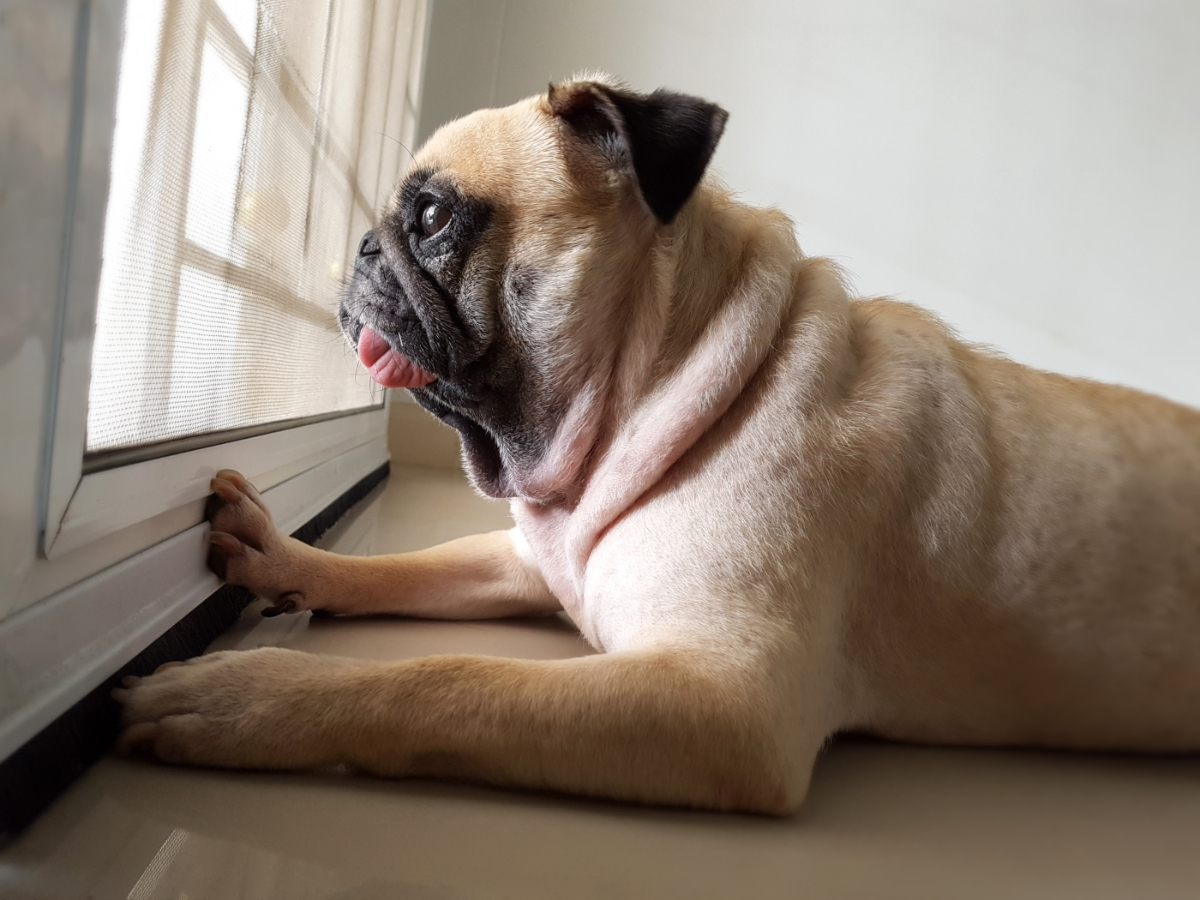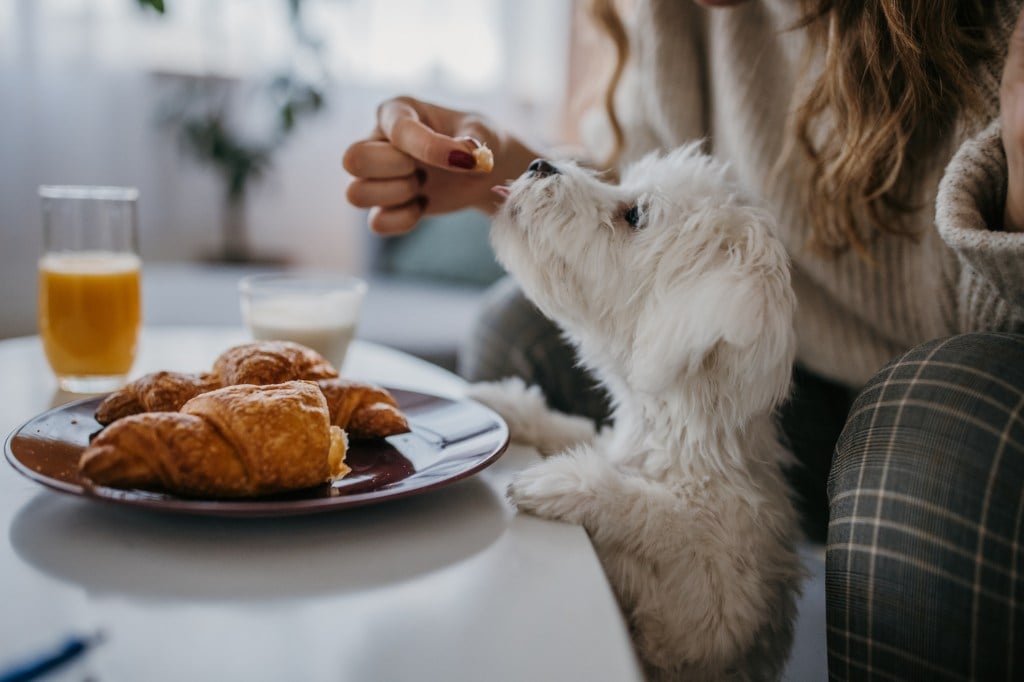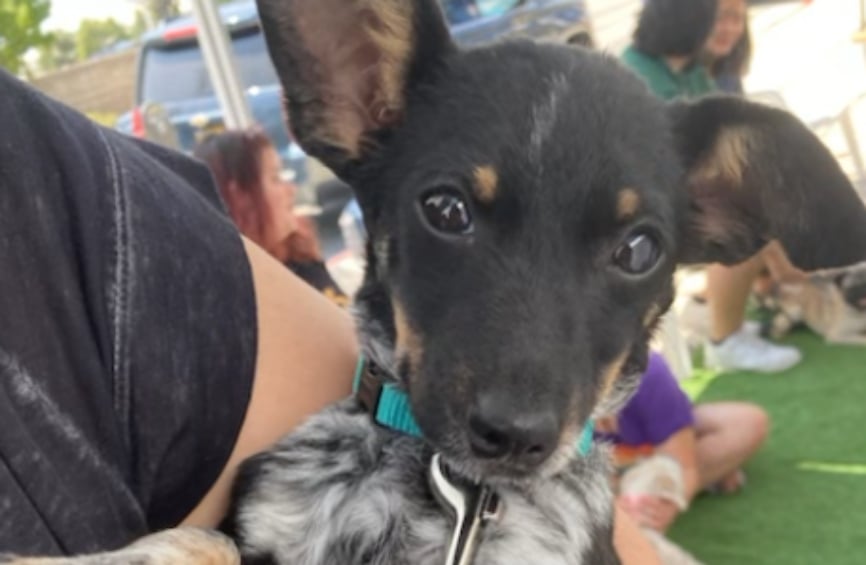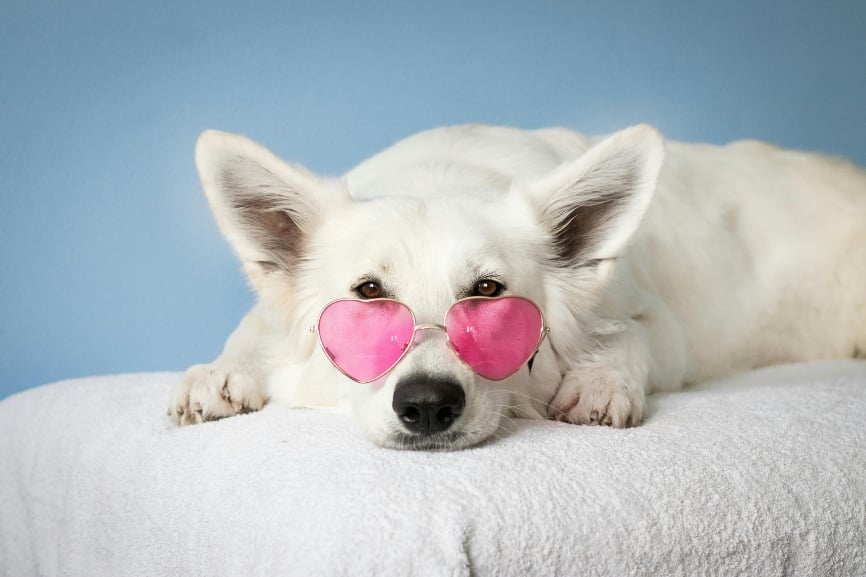Table of Contents
You leave your house to head to the office, or maybe just to run an errand or two. Upon your return, instead of being greeted by a wagging dog, you’re met with a mess in the living room and an anxious-looking pup who isn’t sure what your reaction will be. This frustrating recurrence wasn’t what you had in mind when you adopted your sweet fluff, but with separation anxiety affecting so many dogs, the chances of dealing with it at some point during pet parenthood are pretty high.
Causes of Dog Separation Anxiety
Dogs with anxiety have often experienced a traumatic event, such as abandonment or abuse. Pets adopted from shelters are more likely to show symptoms of dog separation anxiety. Puppy separation anxiety is also common. Major changes in your pet’s life, like moving homes or the loss of a pet or pet parent can also trigger anxiety in dogs.
Signs That Your Dog Has Separation Anxiety
Before we dive into some fixes, let’s first outline some of the common signs of separation anxiety in dogs. These include:
- Destruction of small or large items while you’re away (not limited to furniture, doors, walls, carpet, shoes, etc.)
- Urinating or defecating in the house when they’re otherwise well-trained
- Excessive howling, whimpering, or barking throughout the day
- Digging or scratching at doors
Dogs with separation anxiety will show these symptoms right after you leave the house. When you return, your dog may be overly excited, even if you were only gone for five minutes. Dogs with anxiety will also follow you from room to room and appear anxious when you prepare to leave.
Sometimes it’s hard to know if your dog is exhibiting the last two items, but if you notice the behavior when you leave or return (or if your neighbors complain), that’s a sign that your dog experiences anxiety while you’re away.
Additionally, if upon returning you notice your dog is wounded, this is a sign that they’ve become so anxious they’ve tried to release pent-up fear (or even tried to escape) to the point of hurting themselves.
These behaviors may occur for other reasons, as well. For example, if your dog is unable to use the bathroom for long stretches of time then it’s only natural for them to release at a certain point. Also, if your dog is destructive, this could be a sign of puppy teething or poor behavior yet to be curbed, and the barking or whining could be triggered by other stressful factors such as a busy street or nearby pets. That said, if your dog’s behavior consistently coincides with times when you’re away from the house, it’s likely due to separation anxiety.
7 Ways to Help Your Dog with Separation Anxiety
Think about the last time you felt really nervous or anxious about something. It’s an unpleasant feeling, right? This is similar to the upset your dog experiences whenever you leave the house, so helping your pup overcome the anxiety is important for not just your sanity, but also for their health.
Below are a few ways you can ease that anxiety:
- Recondition their brain: If your dog associates positive experiences with your departure, this can help ease them when you’re gone. Save their favorite treat or toy for when you’re about to leave. You can even hide treats throughout the house to give them something to look forward to while you’re gone.
- Don’t make a big deal out of leaving/returning: Your pup is smart, and if they sense you’re sad when leaving for the day then it can affect them as well. Don’t make a big showing out of leaving the house, and when you return allow for a few minutes of normalcy and a calm “hello” before loading up your pup with affection.
- Don’t crate a dog with separation anxiety. This will only increase your pet’s fear and feel like a punishment.
- Don’t punish your pet for destructive behaviors. By the time you get home, your pet won’t know what he or she is being punished for.
- Wear them out beforehand: Many dog breeds don’t just crave exercise; they require it for their mental and physical wellbeing. Before leaving for the day (or even a few hours), make sure your dog has had a nice long walk or run around the park/yard. This also gives them a chance to go to the bathroom instead of having to hold it while you are away.
- Install a camera with a speaker: Several companies have invented home cameras with the specific intent of helping ease separation anxiety (which can go both ways…). They allow you to observe your dog throughout the day, and many are equipped with speakers so you can communicate with your dog, as well. Some even have mechanisms that allow you to dispense treats throughout the day.
- Try a ThunderShirt: ThunderShirts were invented to help calm your animal during anxiety-inducing events, such as thunderstorms or firecrackers during the Fourth of July. They can also help to alleviate your dog’s separation anxiety.
- Make home a comfortable place: The happier your dog is at home, the less anxious they’ll feel. Equip their space with all the water they need (and food if you don’t feed on a schedule) and make sure they have plenty of entertainment and comfortable spots to sleep. You can even put on music.
- Hire a dog walker or sitter: If you’re gone for long periods of time without being able to stop at home, hiring a dog walker or sitter can help. Lots of apps exist — such as Rover, Wag, and Barkly — or you can hire a local, independent sitter.
In some cases, a dog’s separation anxiety is so severe that veterinarian assistance is necessary. Your vet may prescribe anxiety medication, suggest herbal supplements, and help you brainstorm some other ways to help ease your dog’s anxiety while you’re away depending on their specific behaviors.
Along with helping to calm your pet, it’s a good idea to make sure they are covered with pet insurance in case of an injury or illness. If you aren’t already a pet parent with us, you can get a quick and free quote here.






